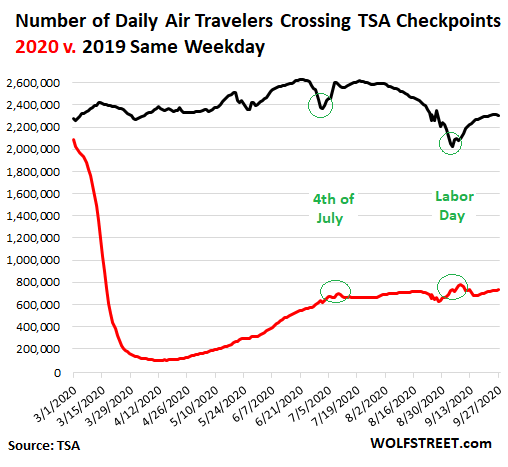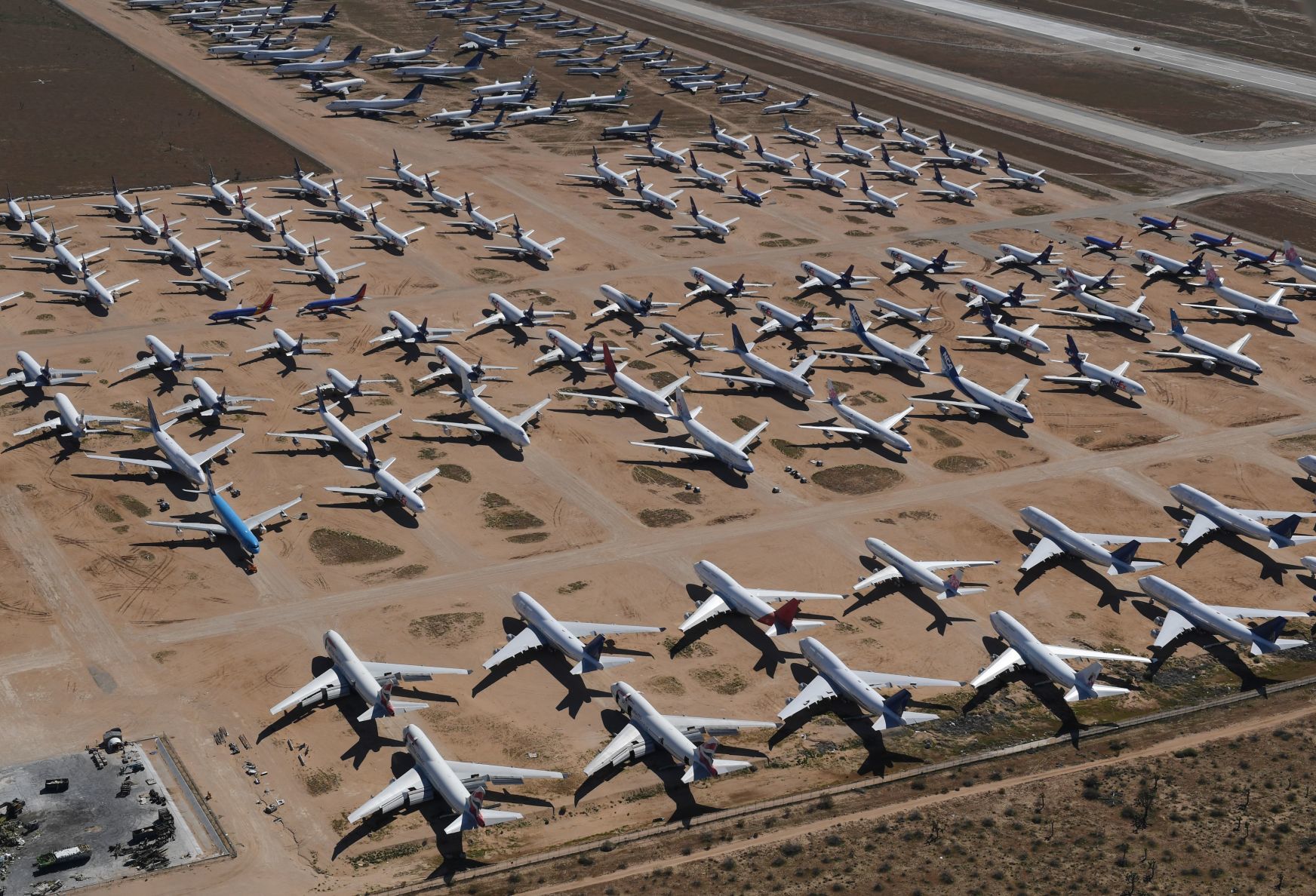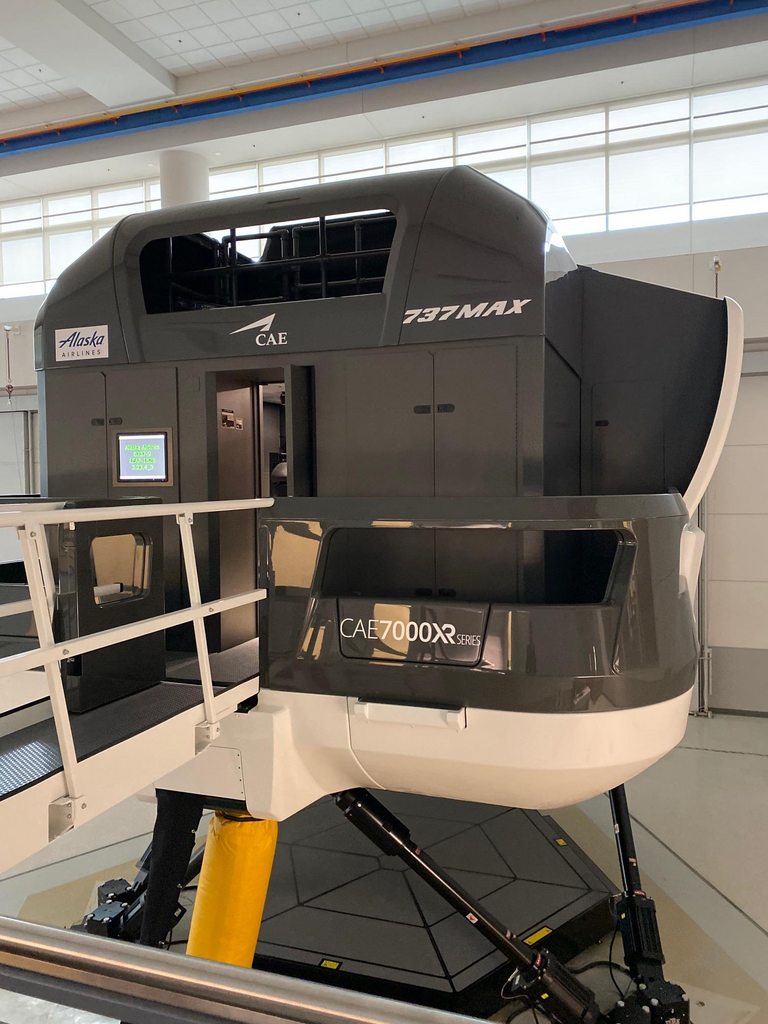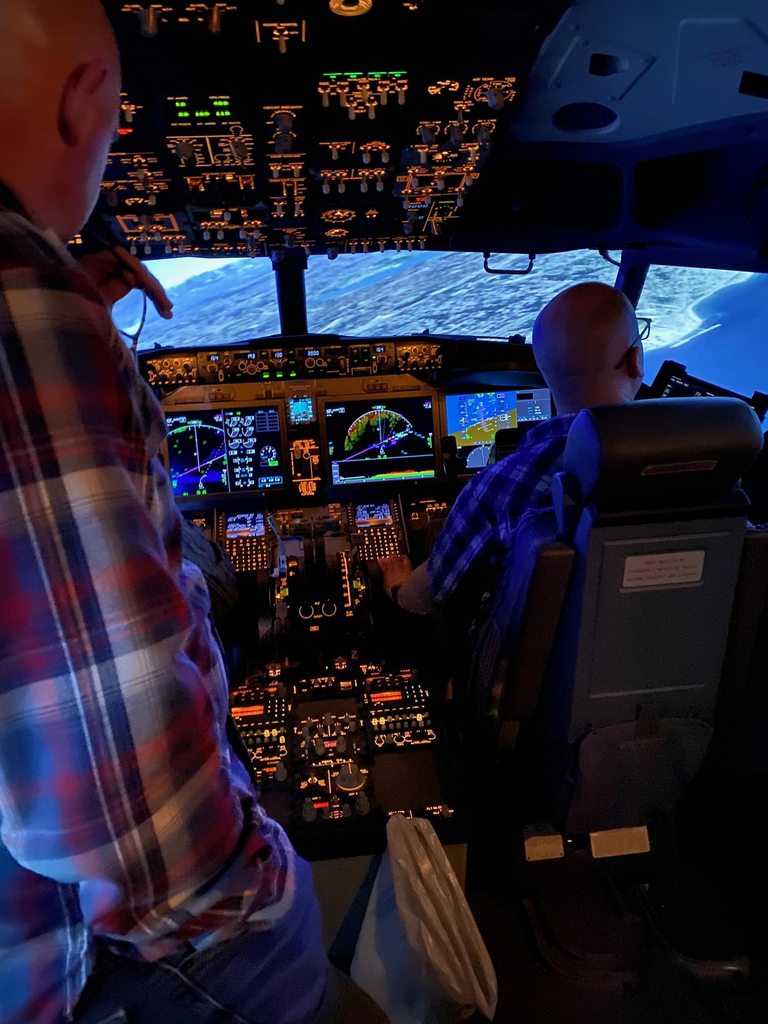For me, the biggest concern is, how in the world did Boeing get away with certifying a design where the backup trim system (manual) may be impossible to move if the aircraft is in a severely out of trim condition. If this is really the case, and I was the FAA, I would absolutely suspend the 737's certification until a backup electric pitch trim was incorporated. Because the manual pitch trim has been proven to be of little use in an emergency situation, there is no excuse to not have a secondary electric trim control. My last several jet types have all had a dumb secondary. No A/P, mach trim, or configuration trim, but it does go up and down when you command it to.
I'm not sure where to start here. I don't want to get confrontational, but your post isn't really relevant.
1. The 737 design, like and human made machine, is not perfect.
2. The 737 is certified to be able to remain in control with the stab trim stuck in the full nose up or nose down trim position. This has been demonstrated many times to the FAA during certification.
3. The 737 has a single electrical motor to control the manual electrical trim OR the auto pilot trim.
4. There is a cable operated manual trim system. The 737 is the only large airline transport aircraft that has this system.
all the other Boeing/Airbus aircraft have only electrical or hydraulic motors to move the stabilizer (how the trim system works)
5. All the fly by wire aircraft have NO true trim system. The trim is controlled automatically by the flight computers.
(depending on the control law mode)
6. There is more than 1 way to control a runaway trim. Actuating either control yoke manual trim switch will cut out any other trim input. Pushing the control yoke opposite the uncommanded trim direction will stop the trim movement.
using the cutout switches and manually moving the trim wheel.
7. Under high speed/high out of trim conditions it might take BOTH pilots turning the trim wheel to move the trim.
8. Again, no other aircraft has this last ditch system.
9. If the aircraft is flying at 378Kts, the airloads will put very high loads on the mechanical trim system.
10. If the engines are left at takeoff power, and never pulled back the aircraft will accelerate to a very high speed.
11. If at any time in either accident the pilots had followed FAA/Boeing/Airline procedures neither accident would have happened.
12. I'm not a Boeing lover, I fly one now but I've also spent much time flying Mcdonnell Douglas, Lockheed, Northrop, Shorts. I expect to check out on the Airbus in the future.
I expect #5 has much to do with both accidents. I have noticed many professional pilots now have grown up flying FBW aircraft and seem to have forgotten how important it is to keep an aircraft in trim, But this might just be me, a 59 year old guy yelling at those kids to "get off my lawn!"
I'm not trying to absolve Boeing, Mistakes were made. The system design could have been done better.
But paying passengers have the expectation that professional pilots can control their aircraft with 1 major system failed.







